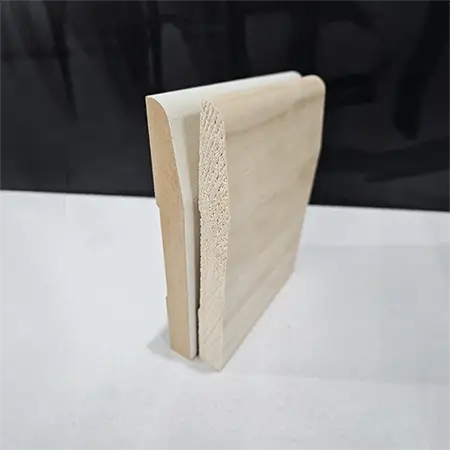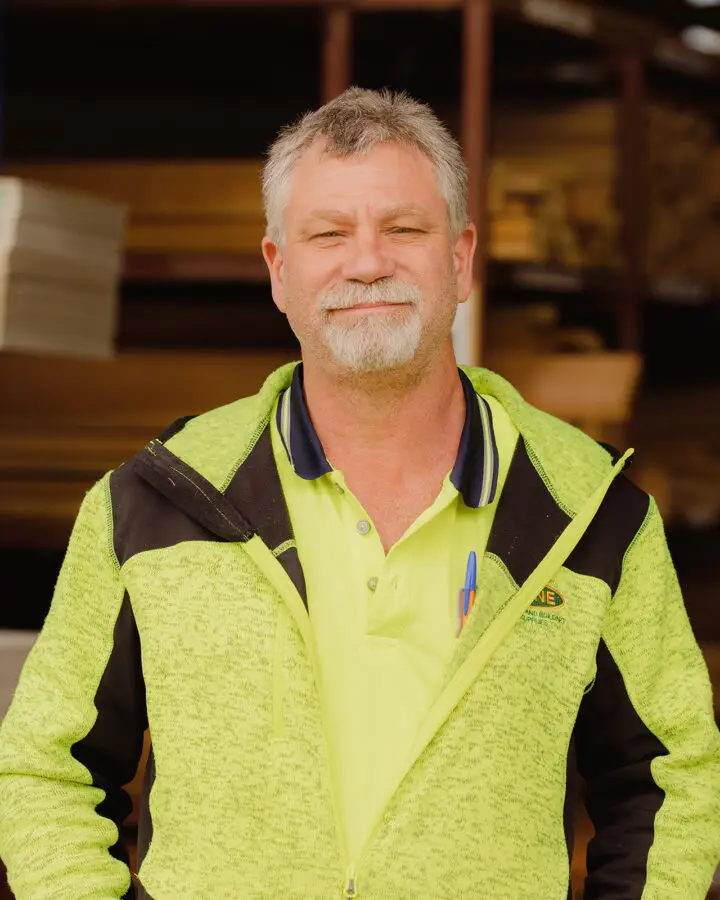
Timber Talks – Paul Aitchison
Meet Paul Aitchison – our resident Timber Expert and Service Guru here to shape your perfect project.

Which timber moulding should you opt for in your next project? Generally, we would recommend for Finger-Jointed Pine as our preferred timber moulding in nearly all use-cases for reasons such as its superior durability, moisture resistance, and ease of installation.
Have a read through the pros and cons of each to make an informed decision as to which will best suit your needs!
Finger-Jointed Pine
Finger-Jointed Pine (FJ Pine) is a type of solid pine timber composed of small, individual pieces that are joined together using glue and interlocking “fingers.” These fingers form a zig-zag pattern at the joints, creating a neat and sturdy connection. One of the key benefits of this process is that it eliminates knots.
Pros:
Cons:
MDF
MDF (Medium-Density Fibreboard) is an engineered, compressed mix of sawdust, wood shavings, small wood chips, and resin. This process produces strong, uniform lengths of material for manufacturing of skirting boards, architraves, and other timber mouldings.
Pros:
Cons:
To sum it up – use MDF if you need a cost-effective, smooth, and consistent material for interior projects where moisture is not a concern. Choose Finger-Jointed Pine for a more durable, natural timber option that is easier to install and better suited for areas exposed to moisture.
If you have a specific project in mind, our expert team at Bone Timber can help you decide which material might be best suited for it!

Meet Paul Aitchison – our resident Timber Expert and Service Guru here to shape your perfect project.

Our Mill Foreman Daniel Scholz takes you through the behind the scenes where the magic happens.

20 years as a tradie followed by 31 years with Bone Timber, hear what Gary Gray thinks makes Bone special.
Bone Timber © 2025 All rights reserved
